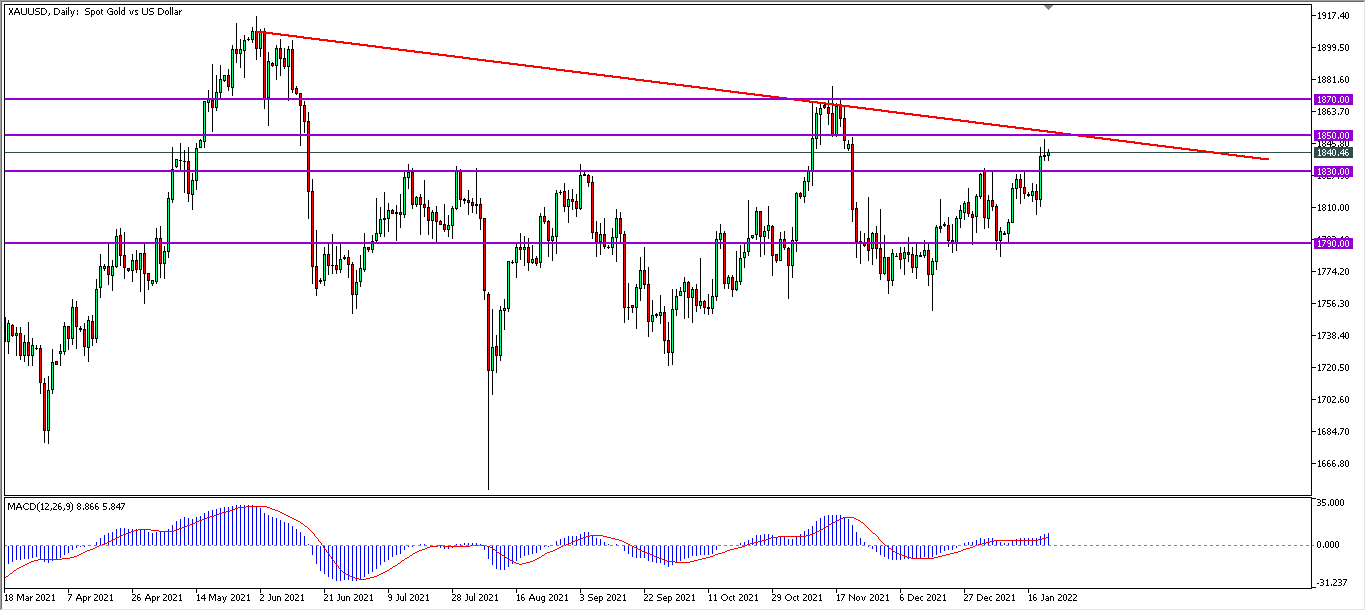
China-Russia Financial Alliance Challenges Dollar’s Supremacy

China-Russia Financial
Alliance Challenges Dollar’s Supremacy
After the end of the gold standard era following the
Bretton Woods system in 1944, the US dollar gained popularity due to its
convertibility into gold. Even after the Nixon shock in 1971, where US
President Richard Nixon unilaterally canceled the direct international
convertibility of the dollar into gold, it still made its way to the world’s
reserved currency. The dollar’s reserve status is based on three major
advantages: its ability to retain its value under limited inflation and
depreciation, the size and strength of the US economy, and the dominance of the
highly liquid and open US financial markets.
However, over the years, many argued that the US has
been abusing its exorbitant privilege through sanctions and trade wars with
other countries, leading to the question of whether the US dollar should
continue being the ‘king of currency’. Following a report from Nikkei Asian
Review, Russia and China are now partnering towards a financial alliance, not
to dethrone the dollar but rather to reduce their dependence on it.
Russia and China had substantially reduced the use of
dollar in bilateral trade over the past several years. At the year 2015, 90% of
their bilateral trade was conducted in dollars. However, following the the
US-China trade war outbreak, the figured dropped to 51% in 2019. According to
recent data from Russia’s Central Bank, dollar trade settlement between Russia
and China fell to a historical low of 46% in the first quarter of 2020, while
both national currencies accounted to a record high of 24%.
In 2014, the annexation of Crimea by the Russian
Federation harmed the US-Russia relationship, causing the US to sanction
Russia. While in 2018, the US-China trade war surfaced after the US imposed
tariffs on billions of dollars worth of Chinese goods for unfair trade
practices, which includes growing trade deficit and alleged theft of
intellectual property. Following China’s and Russia’s tensions with the US,
both agreed that de-dollarization (replacing the dollar in trade) is critical
to sidestep US sanctions against them. This is because any wire transaction
involving dollars will be cleared through a US bank, and the US government has
the authority to freeze certain transactions.
In 2014, Russia and China signed a three-year currency
swap deal worth 150 billion yuan, allowing both countries to gain access to
each other’s currency without participating in the foreign exchange market. As
the deal lapse in 2017, it was then later extended for another three years.
Furthermore, in 2019, Chinese Premier Xi Jinping and President Vladimir Putin
met in Russia while reaching a deal to settle international trades in their
national currencies.
Besides trading in national currencies, Russia had
also been replacing its dollar reserves with yuan, using up more than half of
its existing dollar assets worth $101 billion. China’s share of Russian foreign
exchange reserves jumped to 15% from 5% after the central bank invested $44
billion into Chinese currency. Furthermore, the Russian government granted
permission for its sovereign wealth fund to be invested in yuan and Chinese
bonds earlier this year. As a result of the shift, Russia had acquired a
quarter of the world’s yuan reserves.
Although overthrowing the dollar is nearly impossible
due to the absence of a currency with traits similar to the dollar, economists
however argued that the power of the dollar is starting to diminish over
time.

Follow Regain capital
latest articles
-
- Mar 11,2022

-

-

-
- Sep 09,2021

-

-
- Oct 22,2020
































